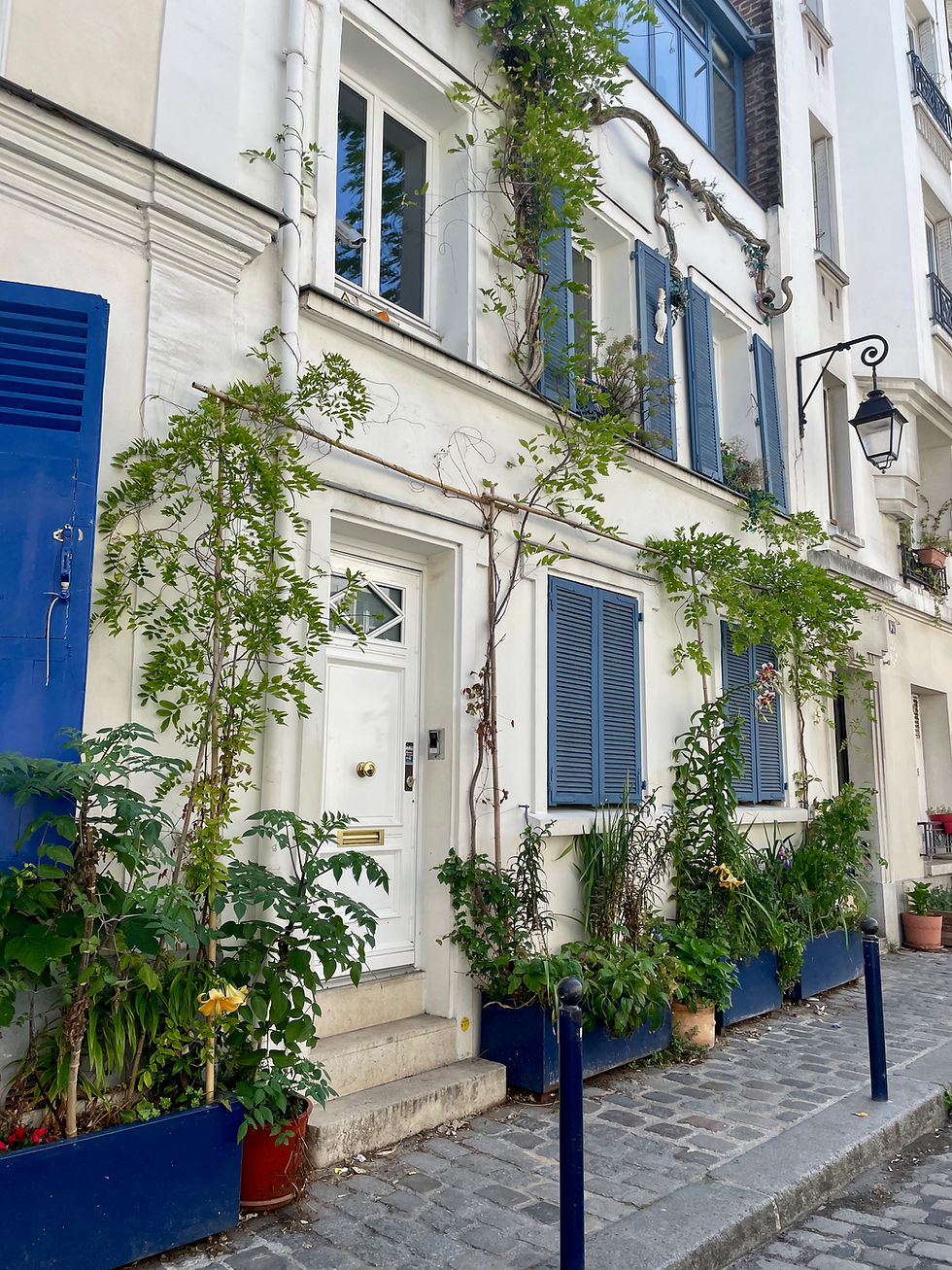Who Are the Real Parisians? Debunking the Stereotypes with Data
- Christine Bacoup-Tidas
- Jun 27
- 3 min read
Updated: Sep 3

When people think of Parisians, they often picture a certain type: effortlessly stylish, perhaps carrying a baguette under one arm, reading a novel at a café terrace, and exuding a blend of charm and aloofness. But beyond the clichés, who are the people who actually live in Paris today?
Thanks to recent data from INSEE (France’s National Institute of Statistics and Economic Studies), we now have a clearer and more accurate picture of the population that calls Paris home.
🇫🇷 Paris by the Numbers: Origins, Age, and More
Let’s start with the question many Parisians themselves joke about: Are there any “real” Parisians left?
Surprisingly, yes. According to INSEE’s February 2025 report “Où les Parisiens sont-ils nés ?” (Where were the Parisians born?), 30% of residents were actually born in Paris. Far from being a myth, the “native Parisian” still exists—though they may be less common than one might expect. Interestingly, they also tend to be younger, with 58% under the age of 30.
The rest of the city’s population is diverse:
29% come from other French regions
25% were born outside of France
The most represented regions outside Paris include Auvergne-Rhône-Alpes, Nouvelle-Aquitaine, and Grand Est, confirming the capital’s role as a major draw for people from across France—and beyond.

🇫🇷 Living in Paris: A City of Renters
Despite the romantic image of Parisians living in elegant Haussmannian apartments passed down through generations, only 33% of residents own their primary home. Renting remains the norm, especially in a city where property prices are among the highest in Europe. Also check out my article Why Paris Attracts Foreign Buyers: Is the Enduring Appeal of the City of Light Affordable?
Car ownership is also less common than you might think: only one in three Parisian households owns a car, a figure that reflects the efficiency of the city’s public transport system and the dense, walkable layout of most neighborhoods.
🇫🇷 Education and Employment
The Parisian population is generally well-educated and professionally active in knowledge-based fields. According to INSEE:
45% of the working population are in executive or intellectual professions
17% are employees
6.5% are manual workers
This aligns with Paris's reputation as a center of culture, academia, and business.

🇫🇷 Arrondissements: Where People Actually Live
Not all arrondissements are equally populated. While central Paris is home to many iconic landmarks, it isn’t necessarily where most people live:
The 1st arrondissement, home to the Louvre and Palais Royal, is the least populated, with 15,919 residents.
The 15th arrondissement, a more residential district in the southwest of the city, is the most populated, with 189,805 residents.
This contrast highlights the differences between the city’s tourist heart and its residential neighborhoods.
🇫🇷 Beyond the Stereotypes
So, who are Parisians today? They’re a mix of long-time locals and newcomers from across France and the world. Many are young, professionally active, and part of a city that continues to evolve while holding onto its distinctive identity.
Behind the clichés lies a much more complex and interesting reality: Paris is not just a postcard; it’s a living, changing city shaped by its diverse inhabitants... including you perhaps?
Happy property hunting, and may your French real estate journey be as smooth as a buttery croissant! 🥐 🇫🇷


Tomette Paris® is a Registered Trademark in France. INPI certificate number 24 5023079 dated 21 January, 2024.




Comments